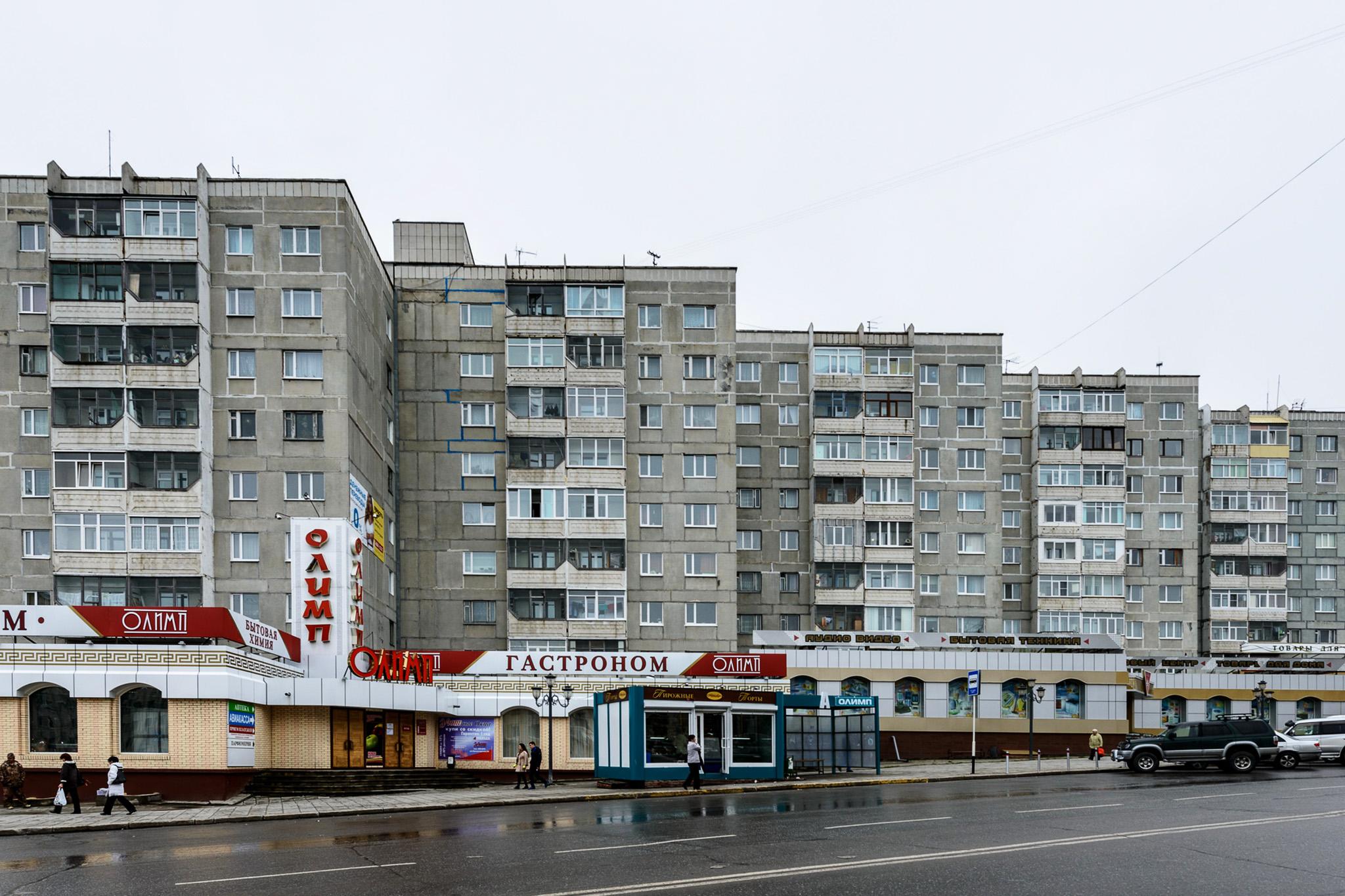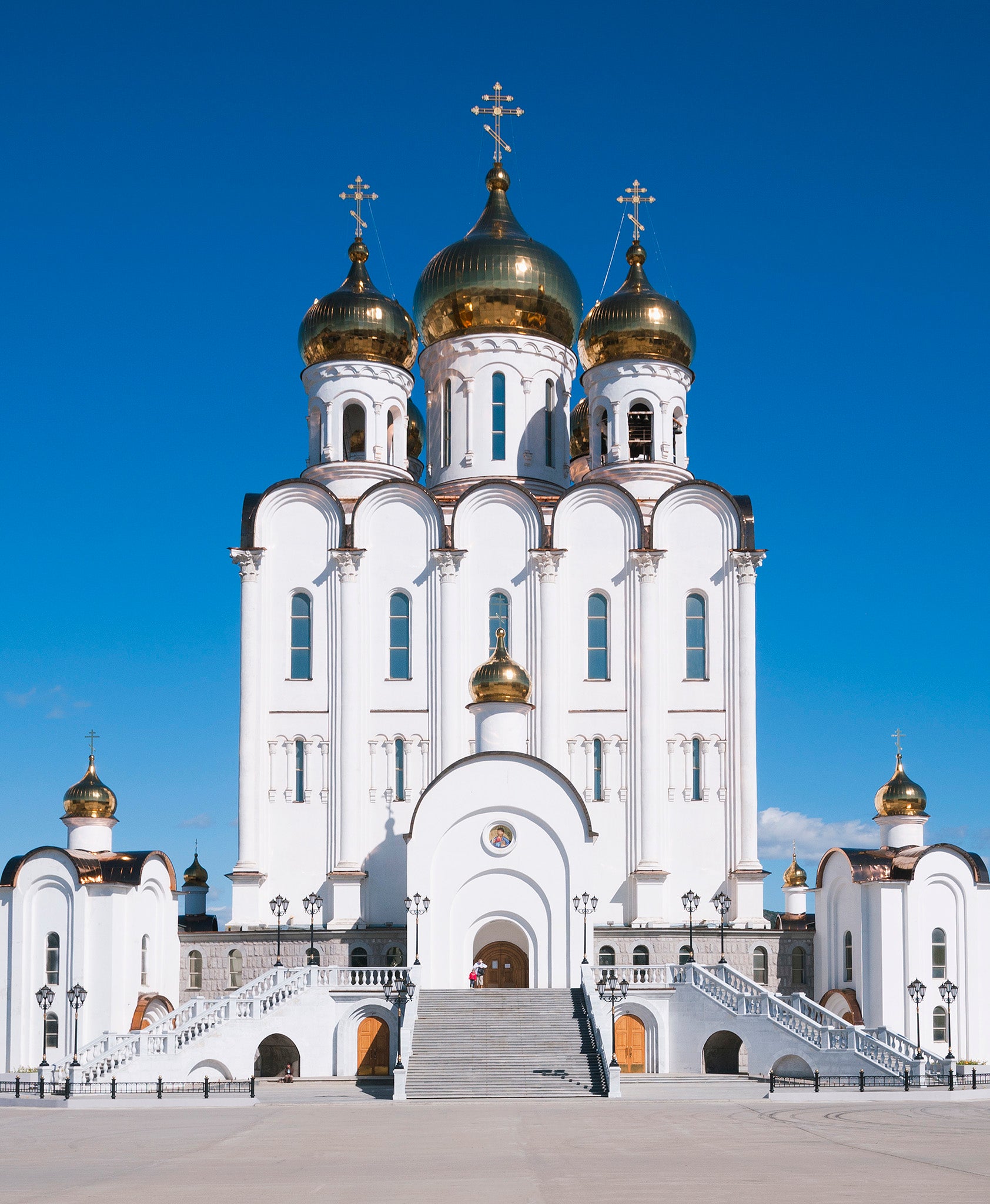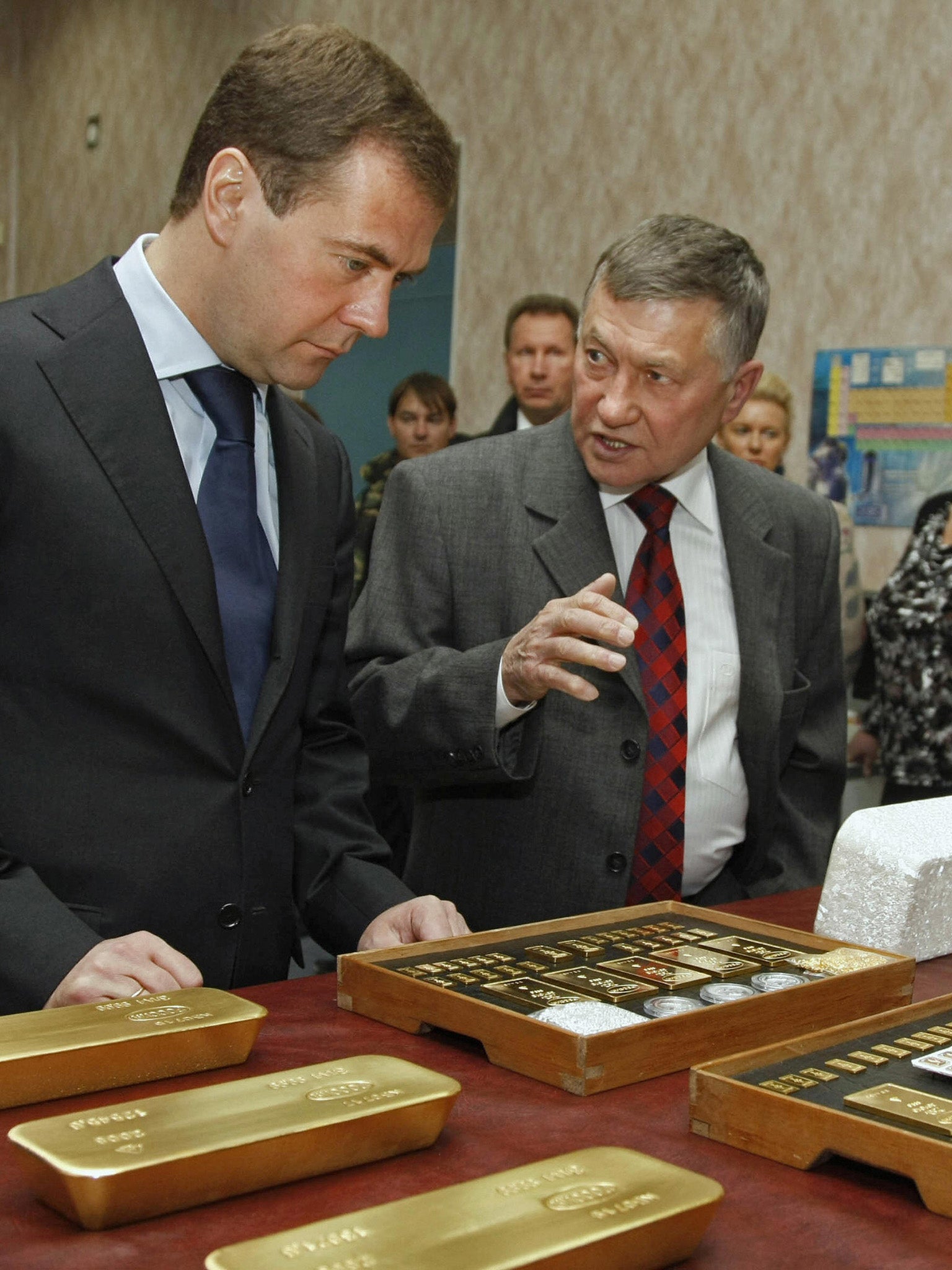How the ironic life of an ice cream maker in northern Russia exemplifies a region's struggle
Russia’s curious love affair with ice cream has long been a subject of theorising about how a country plagued by such terrible weather and other miserable conditions manages to keep going, writes Andrew Higgins

Your support helps us to tell the story
From reproductive rights to climate change to Big Tech, The Independent is on the ground when the story is developing. Whether it's investigating the financials of Elon Musk's pro-Trump PAC or producing our latest documentary, 'The A Word', which shines a light on the American women fighting for reproductive rights, we know how important it is to parse out the facts from the messaging.
At such a critical moment in US history, we need reporters on the ground. Your donation allows us to keep sending journalists to speak to both sides of the story.
The Independent is trusted by Americans across the entire political spectrum. And unlike many other quality news outlets, we choose not to lock Americans out of our reporting and analysis with paywalls. We believe quality journalism should be available to everyone, paid for by those who can afford it.
Your support makes all the difference.Like many young people in Magadan, a frigid northern Russian city more than 3,600 miles from Moscow, Dinat Yur is fed up with living in a place where winters drag on for six months and the average annual temperature is below freezing. “I really dream of leaving this place,” says Yur, a 29-year-old cook. “I can’t wait.”
Born and raised in a city proud of its resilience against climatic and all other odds, Yur has for the moment found his calling in a defiantly contrarian occupation for a place so cold: he makes ice cream.
As the temperature in Magadan dips to well below freezing – on its way to -50C once winter really sets in – he is hard at work mixing milk, sugar and a raspberry mush imported from Italy to produce a summery swirl of frozen gelato.
Eating his confections outside during winter, Yur concedes, is not a good idea — they quickly turn to teeth-cracking chunks of ice — but “everyone here likes to sit at home in front of the TV with some ice cream”.
Russia’s curious love affair with ice cream has long been a subject of theorising about how a country plagued by such terrible weather and other miserable conditions manages to keep going, prevailing over seemingly insurmountable hurdles.
Particularly popular in Russia is a story, probably apocryphal, about a visit to Moscow in the winter of 1944 by Winston Churchill that has Britain’s wartime leader noticing Muscovites eating ice cream on a snowy street from his car window and declaring “such a people will never be conquered”.
Moscow, however, has winters that usually hover a little below freezing– meaning that Magadan is pushing the limits of this against-the-odds spirit.
Burdened by its Stalin-era beginnings as the gateway to a string of brutal labour camps in nearby Kolyma – where tens of thousands were executed and more than 100,000 died from disease and hunger – the city is trying to rebrand itself cheerily as the “golden heart of Russia”, a reference to vast reserves of gold buried in nearby mountains.

Built on an icy bay overlooking the Sea of Okhotsk, north of Japan, Magadan is Russia’s version of Dawson City, the Canadian town created by the Klondike Gold Rush at the end of the 19th century. Only Russians never rushed to Magadan; they were dragged there.
The only recent rush has been to the exit. Young people particularly are making a run for it, a stampede that the city’s mayor, Yuri Grishin, has worked to slow. He points to a new sports complex now under construction, a rash of restaurant openings and fresh licks of paint for buildings in the centre of town as possible encouragement for people to stay put.
After years of dramatic decline that slashed the population by more than 40 per cent, the mayor says the number of residents has now “more or less stabilised” at around 91,000. But among those who have moved away are the mayor’s own three grown children. One now lives in Moscow.
The mayor does not understand. Why would anyone trade Magadan for the capital, where “they will live in a tiny apartment and spend three hours a day in traffic jams”, he asks.
Aside from its bleak weather and even bleaker history, Magadan is, if truth be told, no worse – and in some respects better – than many provincial Russian towns. It has the same crumbling concrete apartment blocks, the same colonnaded theatre building, the same central square formerly named after Lenin and the same street slogans celebrating victory in the Great Patriotic War, as Russia refers to the Second World War.

It also has three movie houses, two indoor public swimming pools, a well-deserved reputation for camaraderie and a huge new Orthodox cathedral with glittering golden domes, an indispensable feature of urban planning in the age of president Vladimir Putin.
But thoughts of escaping, either by eating Italian gelato or getting on a plane, are so ever-present that a local sociologist diagnosed Magadan as suffering from “delayed life syndrome” – a psychological condition that detaches inhabitants’ hopes and ambitions from their current life and punts them into the future.
“People think they are just here temporarily and that they will only live fully once they leave,” says Andrei Grishan, 31, the founder and editor of an online local news portal, Vesma Today. Recently married, he and his new wife both say they want to leave at some point.
A local sociologist diagnosed Magadan as suffering from ‘delayed life syndrome’ – a psychological condition that detaches inhabitants’ hopes and ambitions from their current life and punts them into the future
When the Soviet Union collapsed in 1991, Magadan had 155,000 people. They were a mix of locally born residents – many of them descendants of former gulag prisoners, guards or administrators – and outsiders attracted by salaries that had for years been far higher than in the rest of the country. That was thanks to the “northern bonus”, a Soviet-era premium offered to anyone willing to work there.
But for many people in Magadan, the end of the Soviet Union meant economic ruin. The slashing of Soviet-era subsidies sent Magadan salaries tumbling. As factories closed and services withered, some free-market zealots in Moscow suggested that the city be put out of its misery and shut down.
Putin, though, has done the opposite, stressing the importance of keeping remote northern outposts alive, no matter the cost. His calculations include security, patriotic pride in Russia’s reach and economics: most of Russia’s natural resources lie beneath the ice and snow of places like Magadan and the nearby wilds.
The federal government subsidises daily flights to and from Moscow and is funding new roads, the new sports complex and high-speed internet lines. Government subsidies also help keep the interest rate on mortgages in town much lower than in warmer parts of Russia.

Since 2016, Moscow has offered free land in Magadan and other sparsely populated regions of the Russian Far East. Four hundred people have taken up the offer in the Magadan region, but nearly all are locals, not would-be settlers from the outside as the Kremlin had hoped.
While Magadan is blessed with rich supplies of gold, silver and other natural resources, conditions are so harsh that some economists still question whether it makes sense to keep it as a city rather than just a transit centre for contract workers heading for the mines.
But giving up on Magadan as a functioning urban centre would effectively return it to its original role when it was founded in 1929 – a grim seaport through which geologists and then gulag labourers passed on their way to the gold mines of Kolyma. Alexander Solzhenitsyn, the author of The Gulag Archipelago, described this particular outpost of the gulag as “the pole of cold and cruelty”.
When Solzhenitsyn returned to Russia in 1994 after years of exile in Vermont, he made Magadan his first stop, explaining upon his arrival from Alaska that he had “come to bow to the land where many hundreds of thousands of our countrymen, who were executed, are buried”.
Even today, residents still refer to the rest of Russia as “the mainland”, a sign of how isolated the city feels. To lift flagging spirits, municipal buses are emblazoned with a defiant statement of the city’s will to survive: “Magadan was, is and will be.”
The phrase borrows, inauspiciously, from a less-than-successful Soviet-era slogan once plastered across the country: “Lenin lived, lives and will live!”
Because of the flight of young people, Magadan now has a severe shortage of able-bodied workers. The mayor says the city needs 20,000 more people to do construction and other work and is making do in the meantime by bringing in workers on short-term contracts.
“It upsets me that people have this stereotype of Magadan as a big prison camp,” the mayor says. The city, he adds, is “repositioning itself as a bright, colourful and happy place”.
Yur, the ice-cream maker, is not convinced. He tries to take a holiday each summer somewhere in Asia, which is much closer than Europe and most of Russia. But returning home to Magadan is always a trial. “When I come back here,” he says, “I slip into a deep depression.”
© New York Times
Join our commenting forum
Join thought-provoking conversations, follow other Independent readers and see their replies
Comments